
The process of prevention of numerous different types of infections is fairly inexpensive, effective, and above all simple. Infectious organisms called germs, which include parasites, fungi, viruses and bacteria are the ones which are commonly responsible for the occurrence of infections. These so called infectious organisms can be found in blood, body fluids and tissues. Vomit, urine, tears, sweat, sputum, saliva, nasal secretions and feces are commonly not considered infectious unless they contain infected blood. All these harmful organisms can be passed through broken skin and mucous membranes.
Basic Rules of Infection Prevention
The most important part of the prevention of different types of infections is hand washing. Doctors must wash their hands both before and after treating or examining each patient. Hands need to be rubbed with plain soap and clean water for at least 15 seconds. The portions between the fingers and underneath the fingernails are especially risky when it comes to spreading different types of infections. Hands need to be washed after using any instrument or if they get dirty in any way. They also need to be dried properly using a sterile towel. All the instruments which are going to be reused need to be sterilized or disinfected, because they usually get used for the inspection of broken skin or mucous membranes. The same can be said for all the instruments which touch different types of tissues beneath the skin.
All the procedures which may involve touching waste, dirty surfaces, soiled items, broken items, mucous membranes, body fluids, or even blood require the wearing of gloves. The only exception to the rule is the situation when a doctor gives an injection to a patient. The gloves need to be changed for every new client. It is very important to stress out that gloves should never be considered as an alternative for hand washing. Pelvic examinations should only be performed when needed, in cases of sexually transmitted infections and several other medical conditions. Auto disable needles and syringes are the preferred ones. The skin of the patient needs to be cleaned before the use of injection. All the commonly used examination tables and other similar surfaces should be wiped with chlorine solutions after each new client. All single use supplies and equipment need to be disposed of in a proper way. All waste materials and contaminated equipment need to be handled with extra care in all cases.


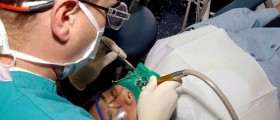
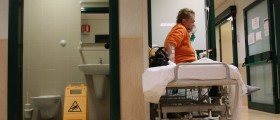

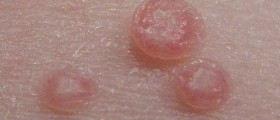
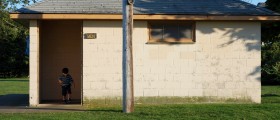
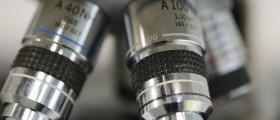

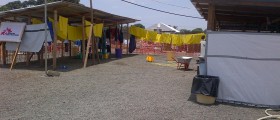

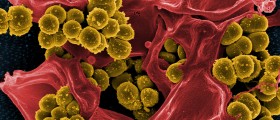
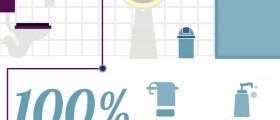

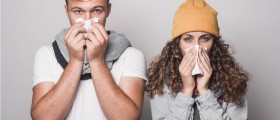


Your thoughts on this
Loading...